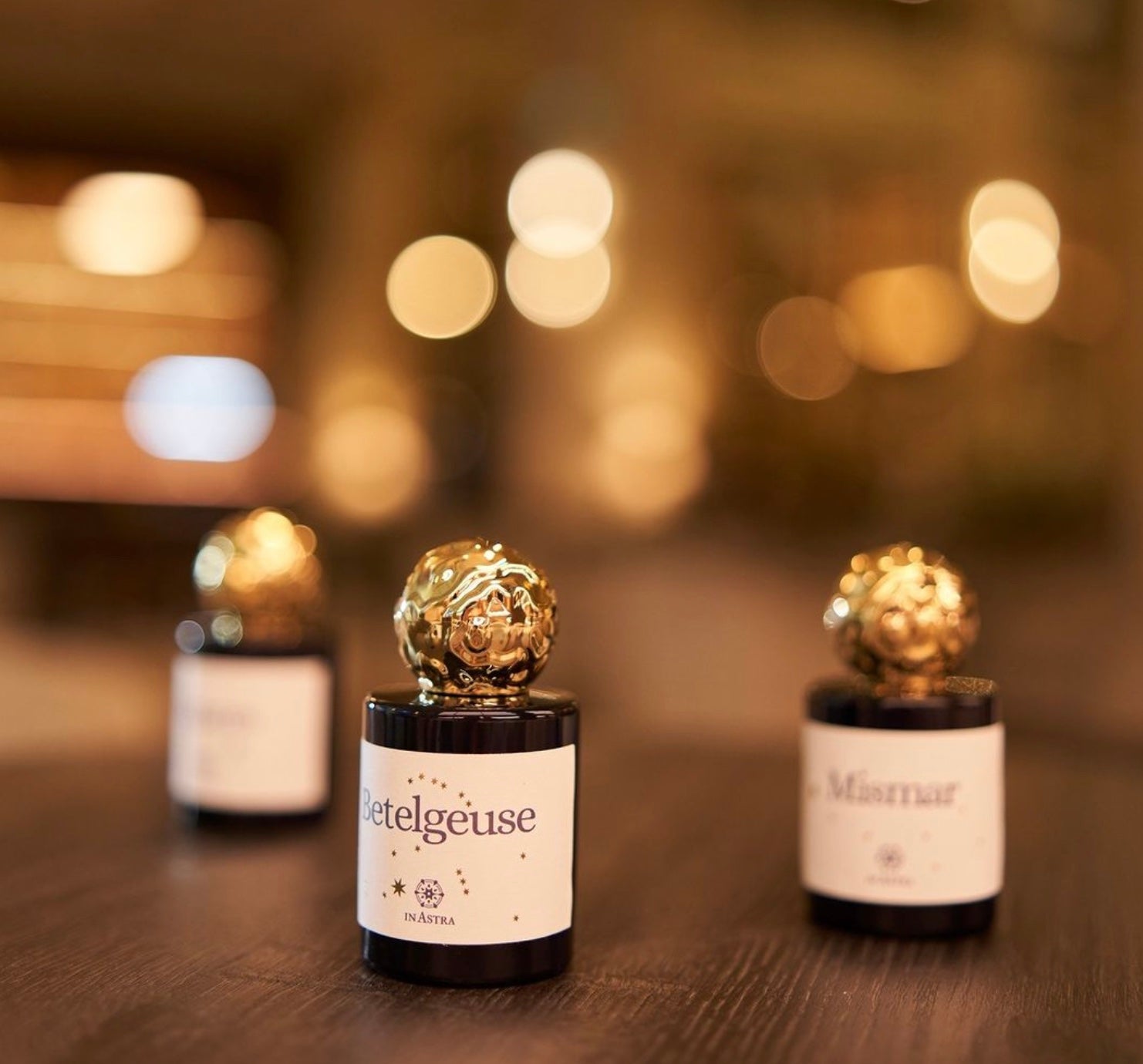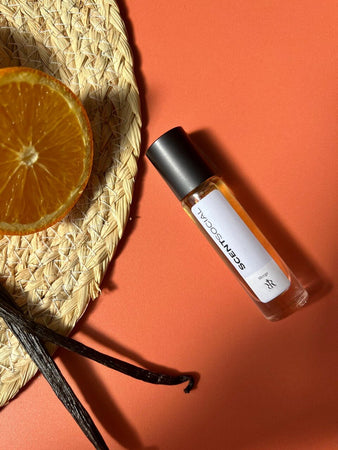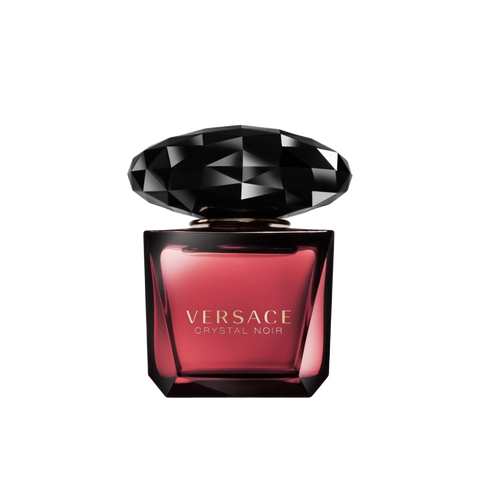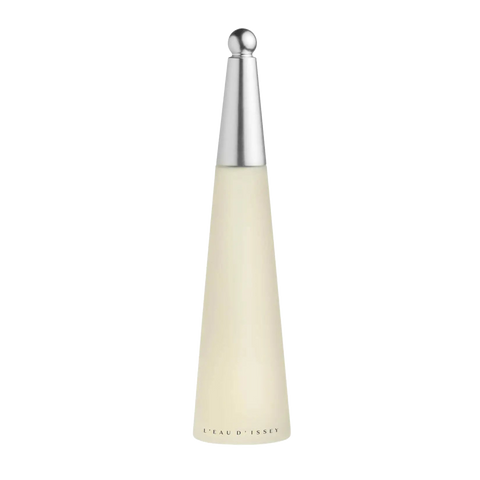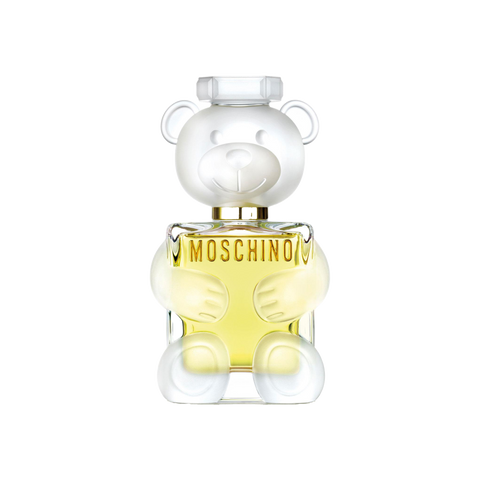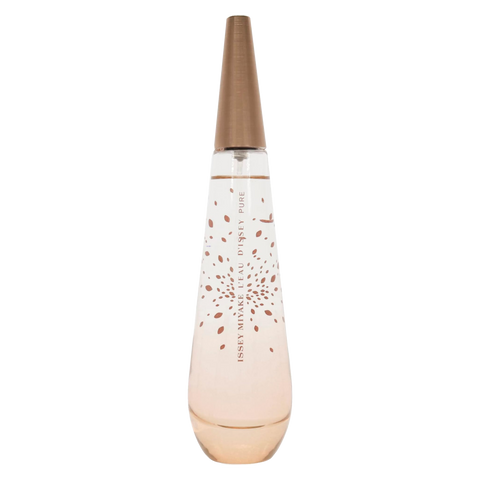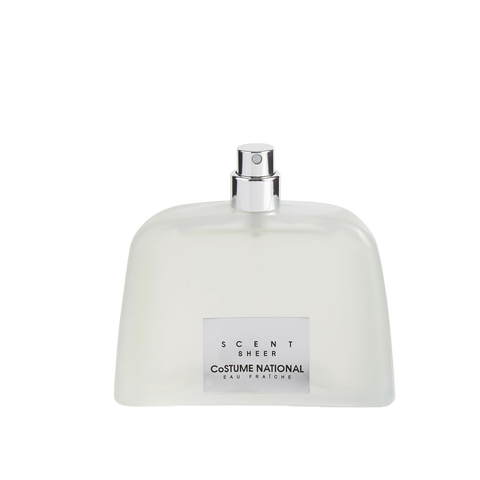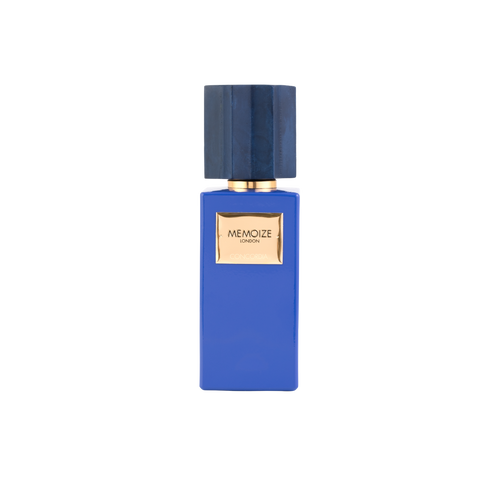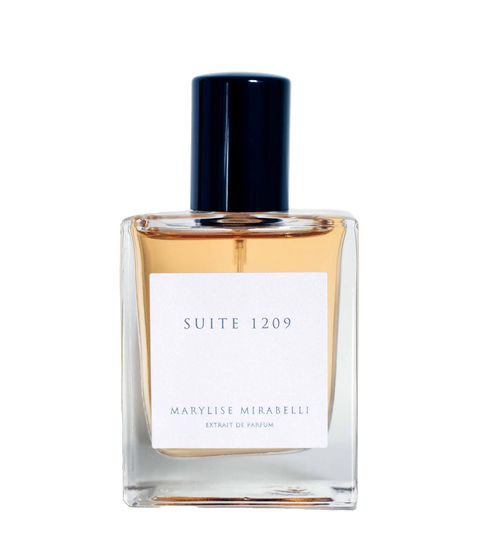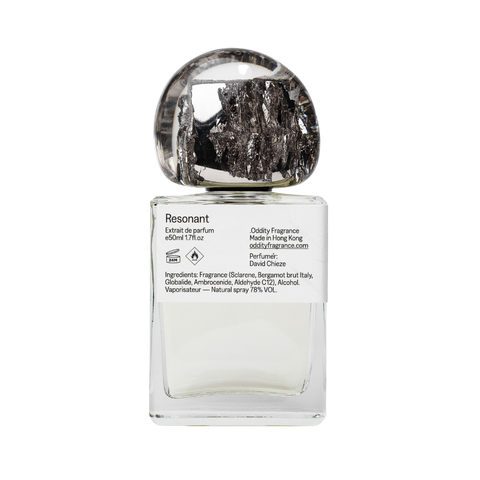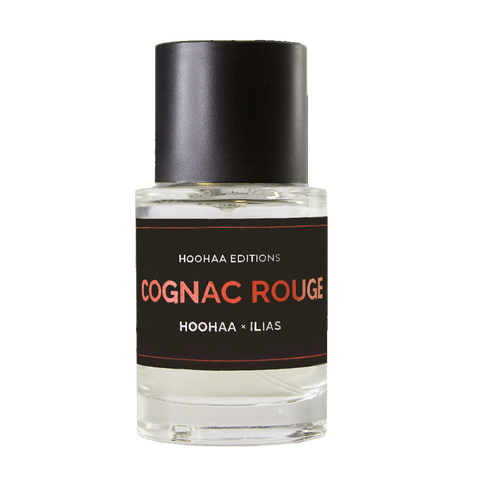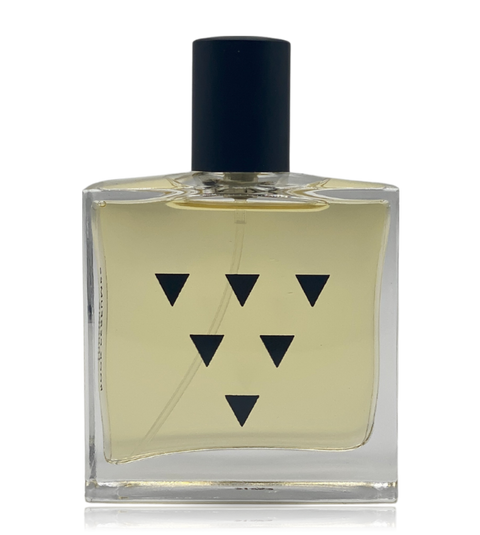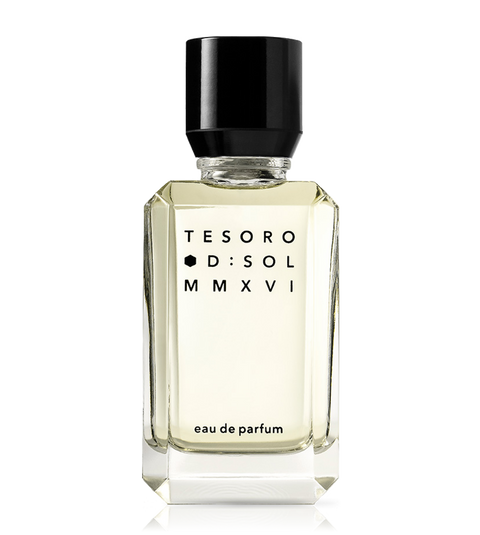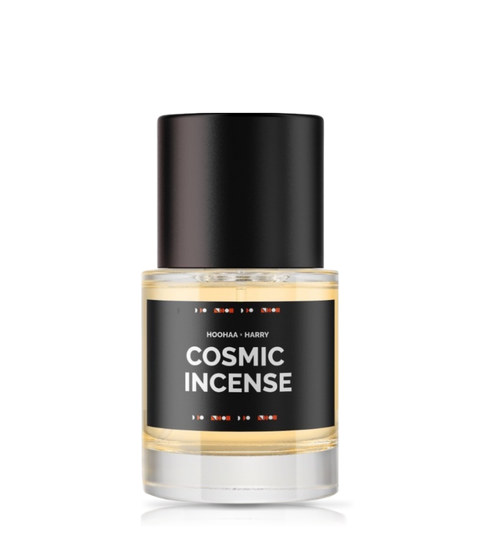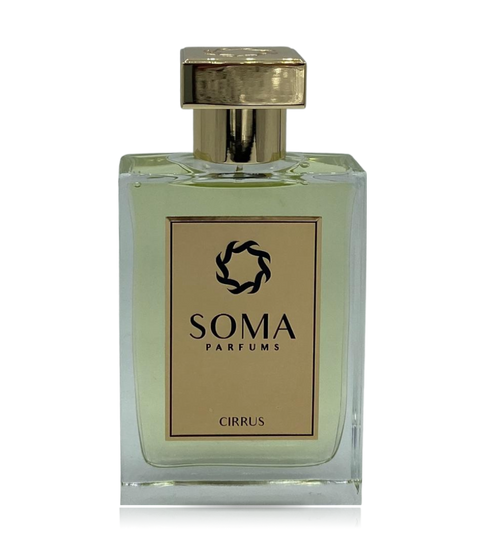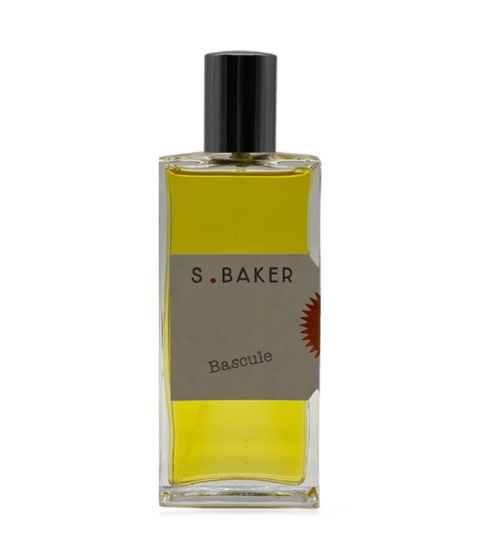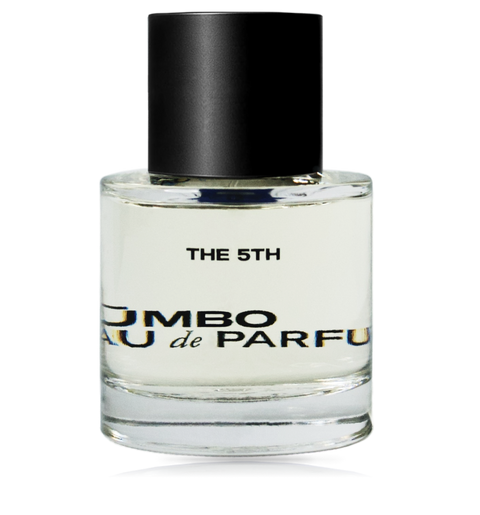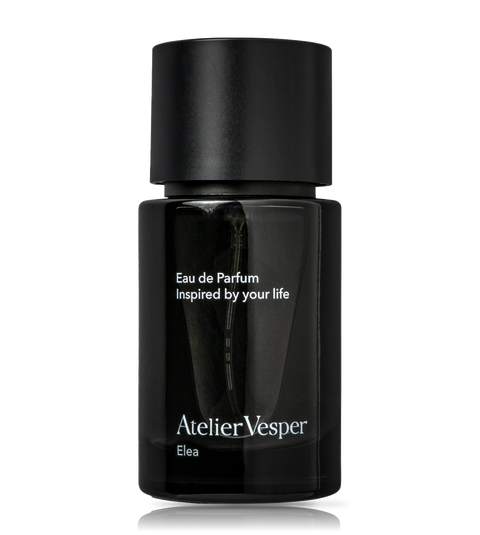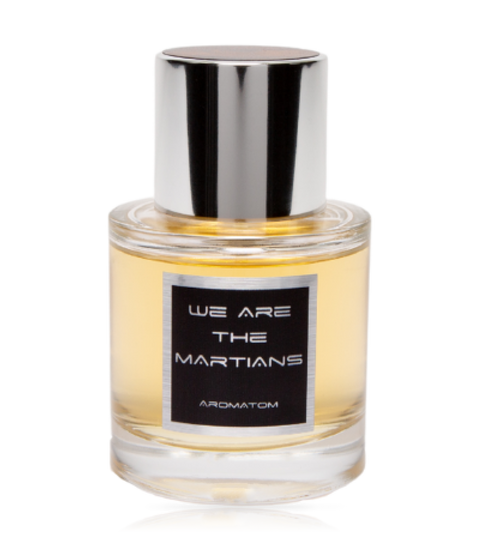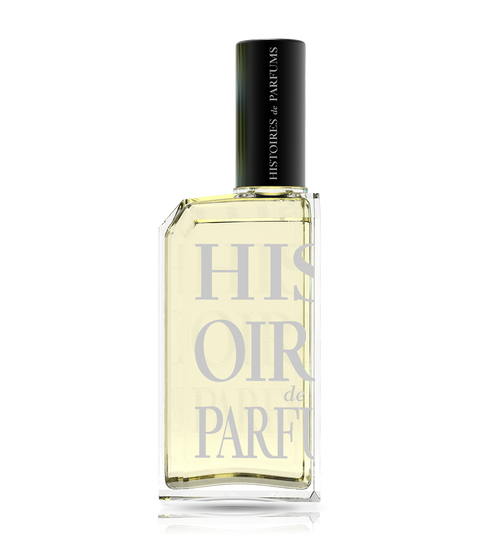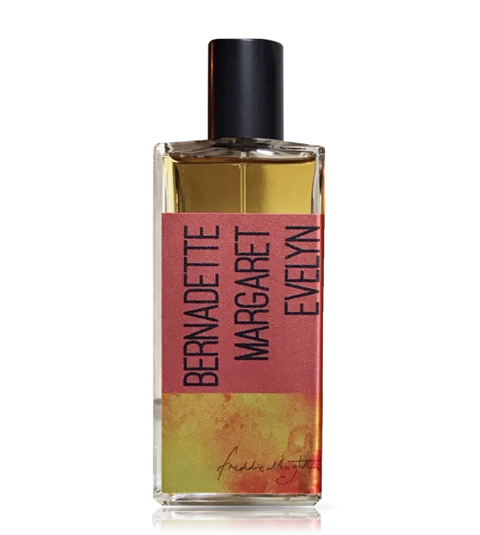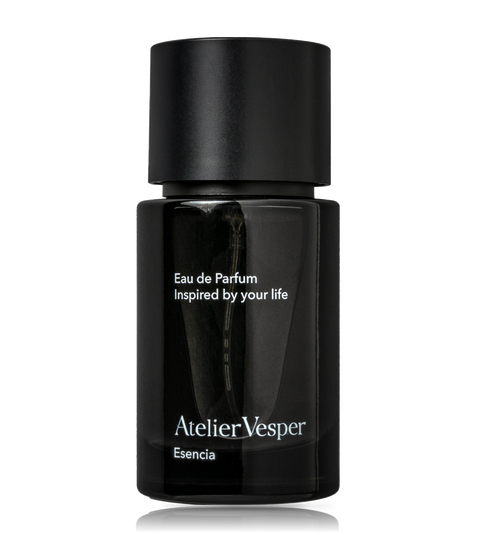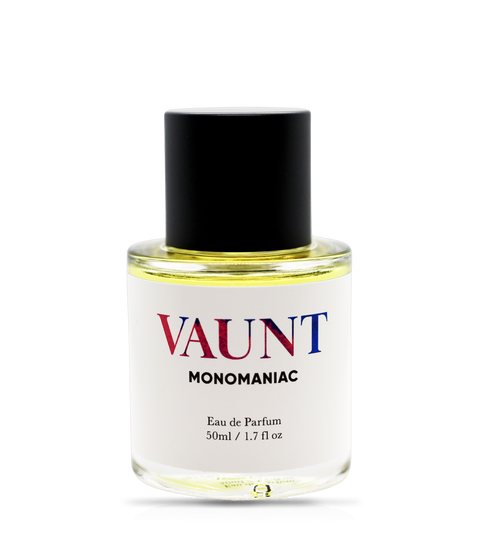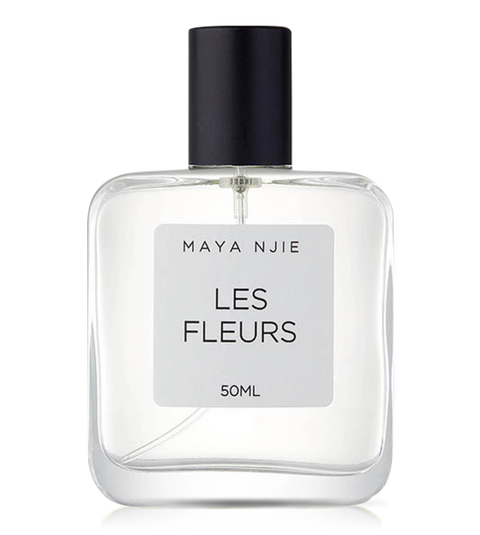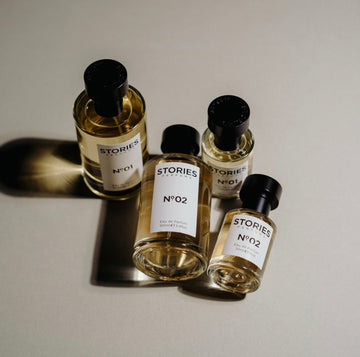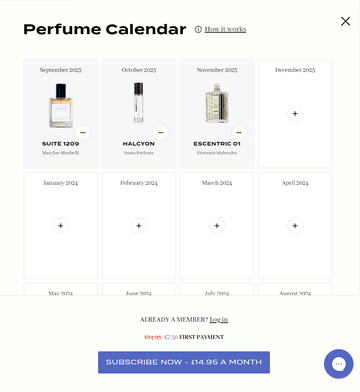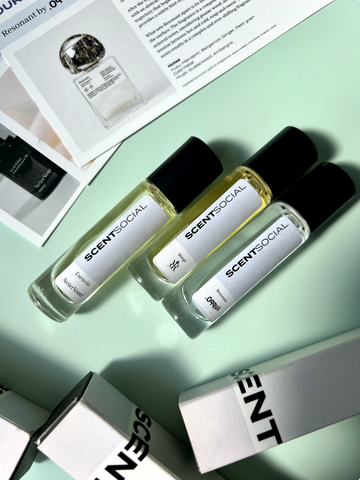What the HOOHAA: Pheromones

Sorry to take a massive steamer on your date night scentscape, but there’s never been a human pheromone identified by scientists. Any fragrance you see being sold as a “pheromone” is complete hoohaa.
What most people think of as their “pheromones” is just the way they smell. We all have a scent of our own that’s made up of things like food particles, bacteria, secretions and immune system genetics. Yes, this particular blend of aromas could potentially be attractive to someone, but that doesn’t make them a pheromone.
Pheromones are chemical signals that help some species communicate. Although there is evidence of the study of pheromones amongst dogs in ancient Greece, they were witnessed in action for the first time in the late 19th century by American entomologist Joseph Lintner. He discovered a bunch of male silk moths crowding a female. Although there wasn’t a name for them at the time, what he was witnessing was the effect of a pheromone. The first official pheromone, bombykol, was separated and identified in 1959 by a team of German scientists led by Adolf Butenandt. Again it was silk moths.
Human pheromones are a much trickier subject. Just because one has never been identified, doesn’t necessarily mean they don’t exist. Dr Tristram Wyatt, a specialist on the subject of pheromones, believes, since they exist on all mammals, human pheromones probably do exist. The problem is that nobody has ever systematically gone through all of the odours produced by humans to work out if any of them are. Androstenone, a pig pheromone, has been found in human sweat. While its smell can be detected, there’s no evidence of it having an effect on a chemical level. This is one you might see referenced in all of the “pheromone perfumes” being sold online.
Furthermore, humans may not even have the appropriate hardware to detect pheromones. Animals have a vomeronasal organ that they use to detect them. It’s possible that humans possess a vomeronasal organ as fetuses, but most biologists agree it disappears in development. Some adults do have a leftover cavity where it would have been; however, it has no sensory neurons. Presently the closest thing human beings have to a pheromone is newborn babies recognising a smell secreted by a lactating woman’s areolar gland and opening their mouth to suckle. The misconception about pheromones is that they’re all related to sex.
Scientific fact has never stopped the perfume industry from trying to capitalize on everybody’s desperation to get their rocks off, though. In 1981 Jovan released their Andron cologne and blessed the world with a commercial for it featuring interpretative dance and binary neon lighting. If you have a few minutes to sacrifice to irony, look it up on YouTube.
A few years before that, in 1978 Marilyn Miglin launched her fragrance, Pheromone. Despite its name, none of its marketing ever traded on the actual function of pheromones. It used that thing Jean Patou did with Joy and boasted about its cost - $300 per ounce in 1978. That equates to over $1,200 today. Take that, Roja Dove. Pheromone also dipped into Egyptology, claiming that the formula was translated from Egyptian hieroglyphics. The Shyamalan twist is that Pheromone was actually a spectacular perfume.
But it was in 2006 that the pheromone was catapulted to the top of perfume pop culture when some clever PR person said Escentric Molecules’ Molecule 01 was a pheromone. Almost everyone will tell you Molecule 01 is just Iso E Super; however, it’s actually an IFF captive called Iso Gamma Super. Perfumer Geza Schoen thought it smelled just great on its own. Its present day spiel is that it “melds with the wearer’s pheromones”, but, as we mentioned above, what they’re referencing as the wearer’s pheromones is actually just how they smell. Due to the minimalist nature of Molecule 01’s character, it doesn’t overpower its wearer in a cloud of fragrance in the same way traditionally more heavy-hitting perfumes did. It just accentuates what already exists.
The fact of the matter is perfume can’t make you attractive. It can make you smell good and maybe feel a bit more empowered, but the rest is up to you.
If you’d like to learn a bit more about pheromones, we’d thoroughly recommend checking out Dr Tristram Wyatt’s TED Talk on YouTube. Thanks to 4160Tuesdays’ Sarah McCartney for the tip.

